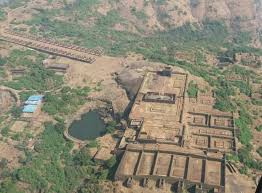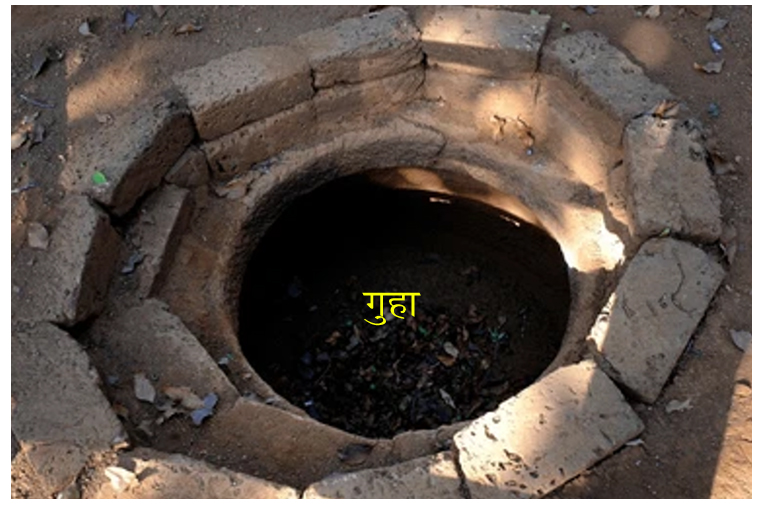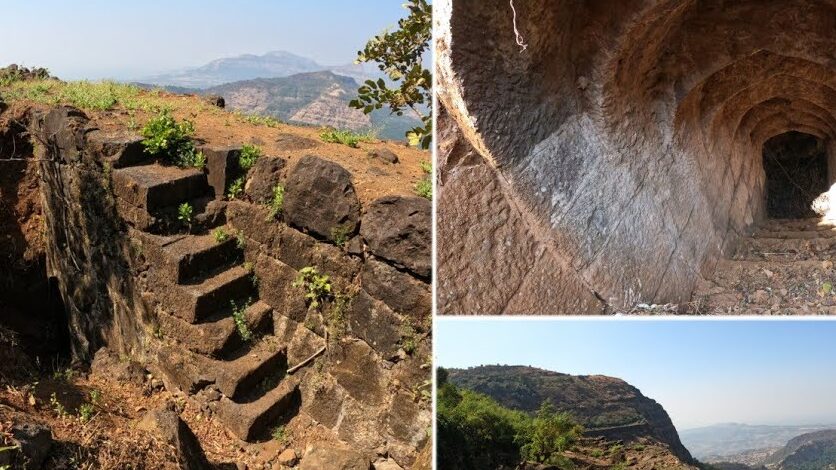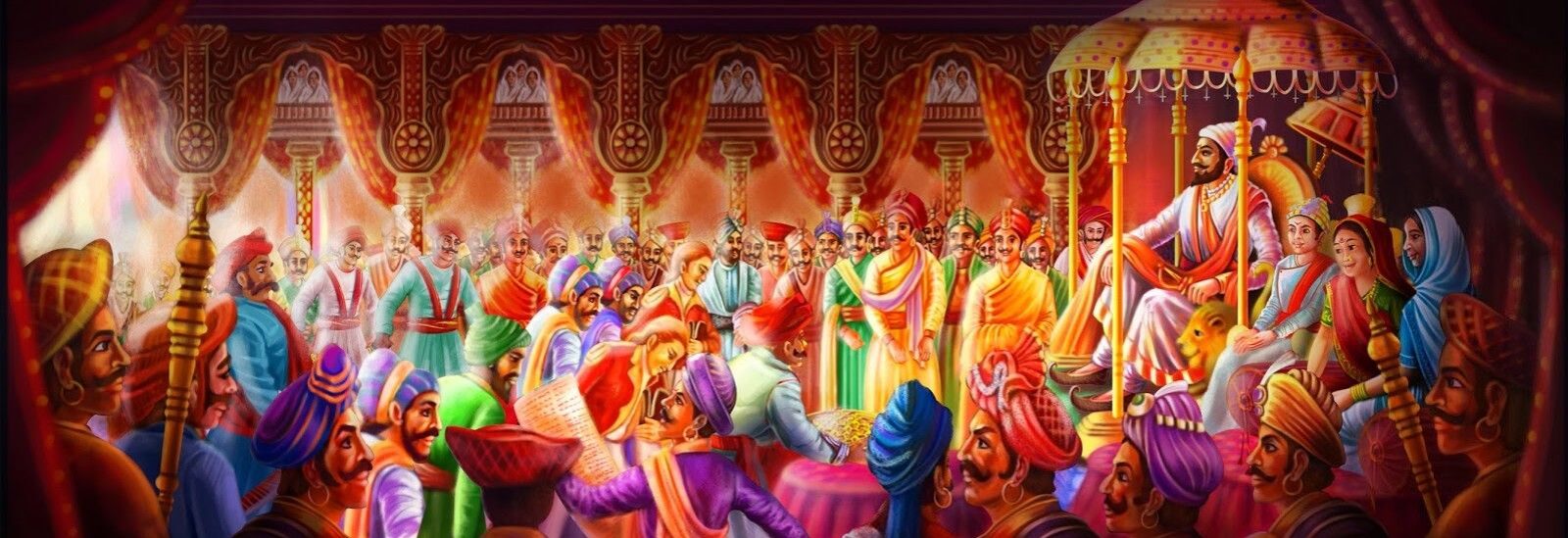Continue reading from Part III
Nagarkhana (नगारखाना):
A place where nagaras, trumpets and other musical instruments are played on special occasions or to give instructions or warnings.

Durbar (दरबार):
A place for special festivals, ceremonies, decisions, meetings, discussions, coronations etc. in connection with the procession of the king.

Cave (गुहा):
They are used for protection and for storing tools.

Subways (भुयारे):
Routes dug and constructed in the ground to allow the king and other peoples to escape secretly from the fort in case of emergency.
Chordindi and Chor Darwaza (चोरदिंडी आणि चोर दरवाजा):
Such gates and ramparts are found in the fortifications, in remote places on the unfamiliar side of the fort. It was used to escape during a crisis, a time of trouble. It is nothing but a secrete or hidden gate or path.

Maharaja has said in one of his edicts,
‘‘….किल्ल्यास एक दरवाजा थोर अयब आहे. याकरिता गड पाहून एक, दोन, तीन दरवाजे तशाच चोरदिंड्या करून ठेवाव्या, त्यामध्ये हेमेशा राबत्यास पाहिजे तितक्या ठेवून वरकड दरवाजे व दिंड्या चिणून टाकाव्या….’’
Translation:
‘…a single door is a great fault in a castle/fort. Hence, one, two, three gates and secrete gates should be kept after looking at the structure of fort, and the gates and secrete gates should be marked by placing as many as needed in it and other should be closed.’
According to the edict of Shiv Chhatrapati, apart from the main door, we find other doors, chordindya (secrete doors) in the fort.
Continue reading with Part V
or goto Part I, Part II, Part VI, Part VII, Part VIII, Part IX, Part X, Part XI


Pingback: Elements of Fort (Part VI) – Chatrappati Blogging
Pingback: Elements of Fort (Part V) – Chatrappati Blogging
Pingback: Elements of Fort (Part I) – Chatrappati Blogging
Pingback: Elements of Fort (Part XI) – Chatrappati Blogging
Pingback: Fort (Part III- Introduction Continued) – Chatrappati Blogging
Pingback: Elements of Fort (Part III) – Chatrappati Blogging
Pingback: Elements of Fort (Part VII) – Chatrappati Blogging